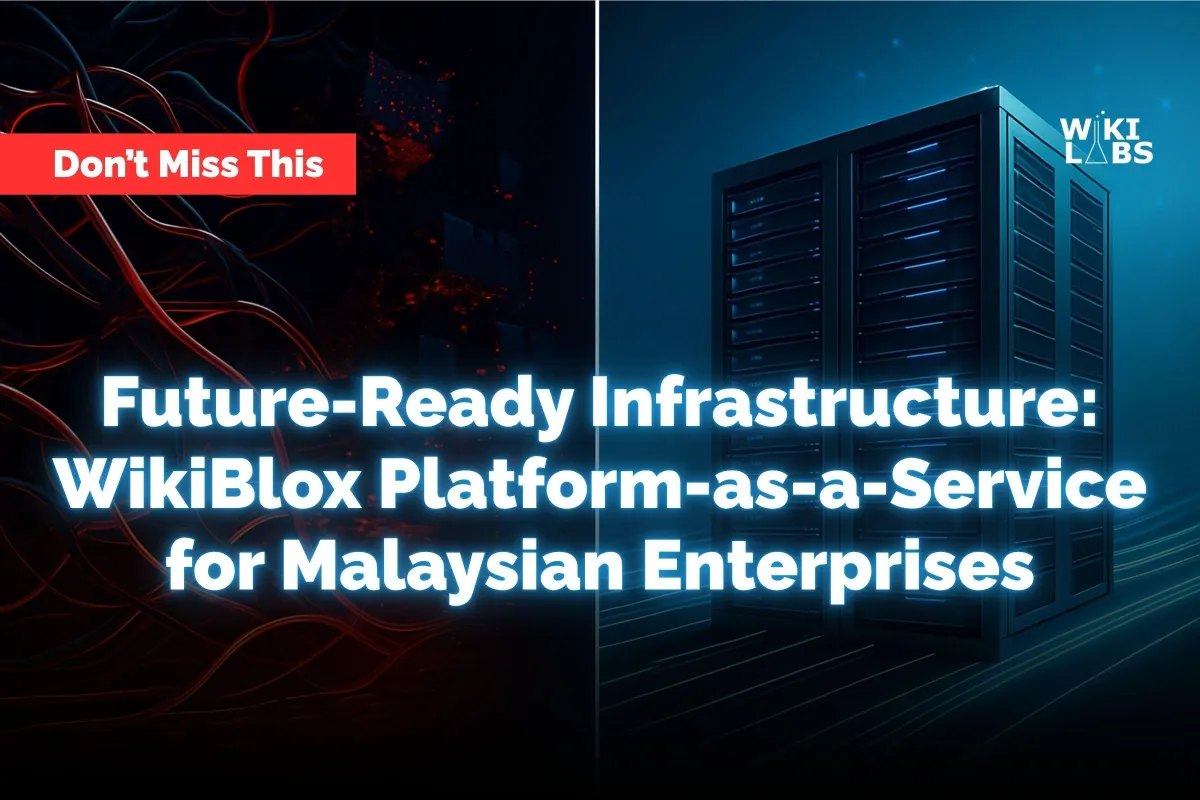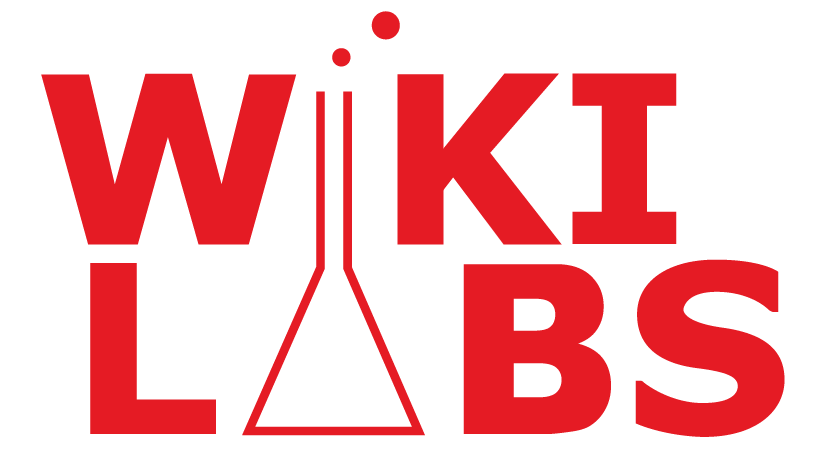
Red Hat OpenShift on WikiBlox PaaS Malaysia | Wiki Labs

Introduction: The Infrastructure Headache Malaysian CIOs Can’t Ignore
Virtualisation costs are rising. VMware's recent changes have left many Malaysian enterprises unsure of their next step. Red Hat Virtualization is entering its final stages. And CIOs are now under pressure to find a new, secure, and future-proof platform—fast.
If you're leading IT for a bank, insurance group, telco or GLC, you likely need to support both traditional VMs and modern container-based apps. But how can you do that without vendor lock-in, unmanageable complexity, or risking downtime?

The Hidden Risks of Your Current Environment
Let’s be honest: staying with the status quo is no longer an option. Here's why:
VMware is shifting: With Broadcom's acquisition, licensing costs have changed, 56 products are being discontinued, and their partner model is becoming invite-only.
Red Hat Virtualization is in sunset mode: Official support is ending, and no new features will be added.
IT leaders are stuck in limbo: With no clear path forward, many teams are delaying transformation—but that delay is costing them.
Every day you wait increases the risk of unexpected downtime, unsupported software, and compliance failures.

Introducing WikiBlox—A Strategic Platform Built for Malaysia’s Enterprises
WikiBlox is a modern Platform-as-a-Service designed for Malaysian enterprises who need a seamless shift from legacy virtualisation to a hybrid world of VMs + containers.
Powered by Red Hat OpenShift Container Platform (RHOCP) and managed by Wiki Labs, this solution offers:
One unified platform for VMs and containers
No vendor lock-in — flexible hardware and architecture
24/7 Managed Operation Services
Built-in Standard Operating Environment (SOE) compliance
Full Snapshot-based backup & recovery
Client Spotlight: A Malaysian FSI Case Study One major financial client migrated from VMware to WikiBlox within 3 months. The outcome?
40% reduction in operating costs
Improved SLA uptime from 97.5% to 99.9%
Seamless workload migration and real-time monitoring with zero production disruption
Inspired by this transformation? Our specialists can show you what WikiBlox would look like in your environment.

Your WikiBlox Transition Plan (In 5 Steps)
Assessment – We evaluate your existing VM infrastructure, workloads, and business goals.
Design & Plan – Customise WikiBlox configuration (xS, S, or M package) based on your capacity needs.
Build & Deploy – Provision hardware, install Red Hat OpenShift, configure the SOE, and set up your workloads.
Migrate – Move your VMs to the new platform using pre-tested migration tools.
Operate & Support – We manage it for you: performance checks, updates, preventive maintenance, and 4-hour response SLA.

Conclusion & Call to Action
Whether you're facing VMware changes or planning your IT modernisation roadmap, WikiBlox offers a secure, cost-effective, and fully supported way forward.
Ready to de-risk your virtualisation journey? Schedule a free consultation to see how WikiBlox can fit into your IT future.
